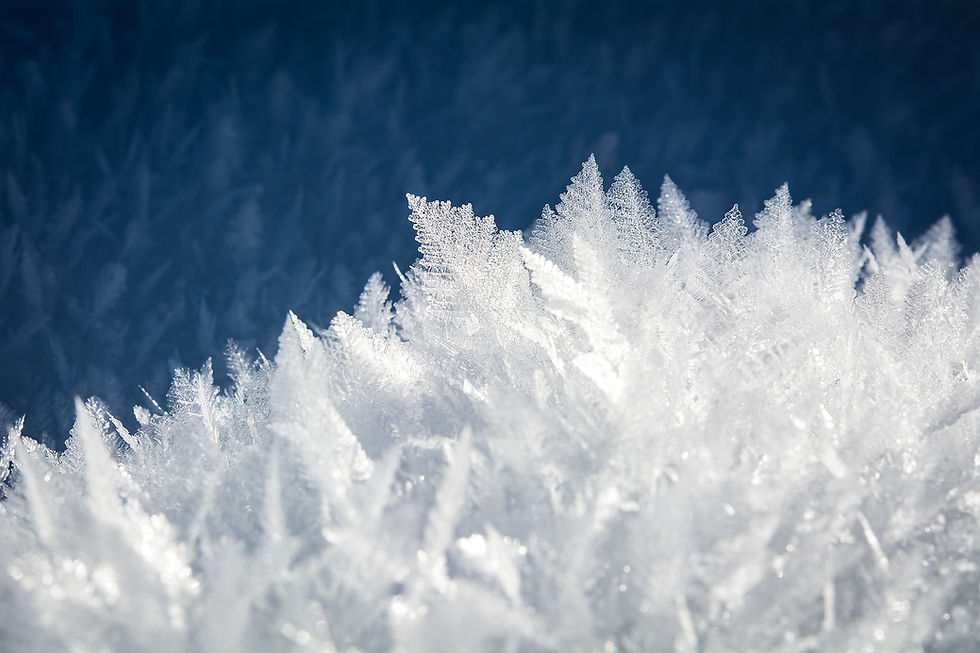Why Does Salt Melt Ice?
- Team CrewTracker
- Jan 1, 2019
- 1 min read

You know that you can sprinkle salt on an icy road or sidewalk to help keep it from becoming icy, but do you know how salt melts ice? Well….actually – salt doesn’t “melt” anything. It lowers the freezing point of water.
Take a look at freezing point depression to understand how it works. Salt melts ice essentially because adding salt lowers the freezing point of the water. How does this melt ice? Well, it doesn't, unless there is a little water available with the ice. The good news is you don't need a pool of water to achieve the effect. Ice typically is coated with a thin film of liquid water, which is all it takes.
All deicing chemicals work by lowering the freezing point of water. A 23.3% concentration of salt water freezes at -60 F. A 29.8% solution of calcium chloride freezes at -67 F. These low freezing points are what make salt and calcium chloride useful.
Before a dry deicing chemical can act it must dissolve into a brine solution. The necessary moisture can come from snow on the pavement surface or from water vapor in the air (humidity). Calcium chloride has the ability to attract moisture directly from the air. Additionally, calcium chloride generates heat (a LOT of heat) when it interacts with liquid H20 (not water vapor).
